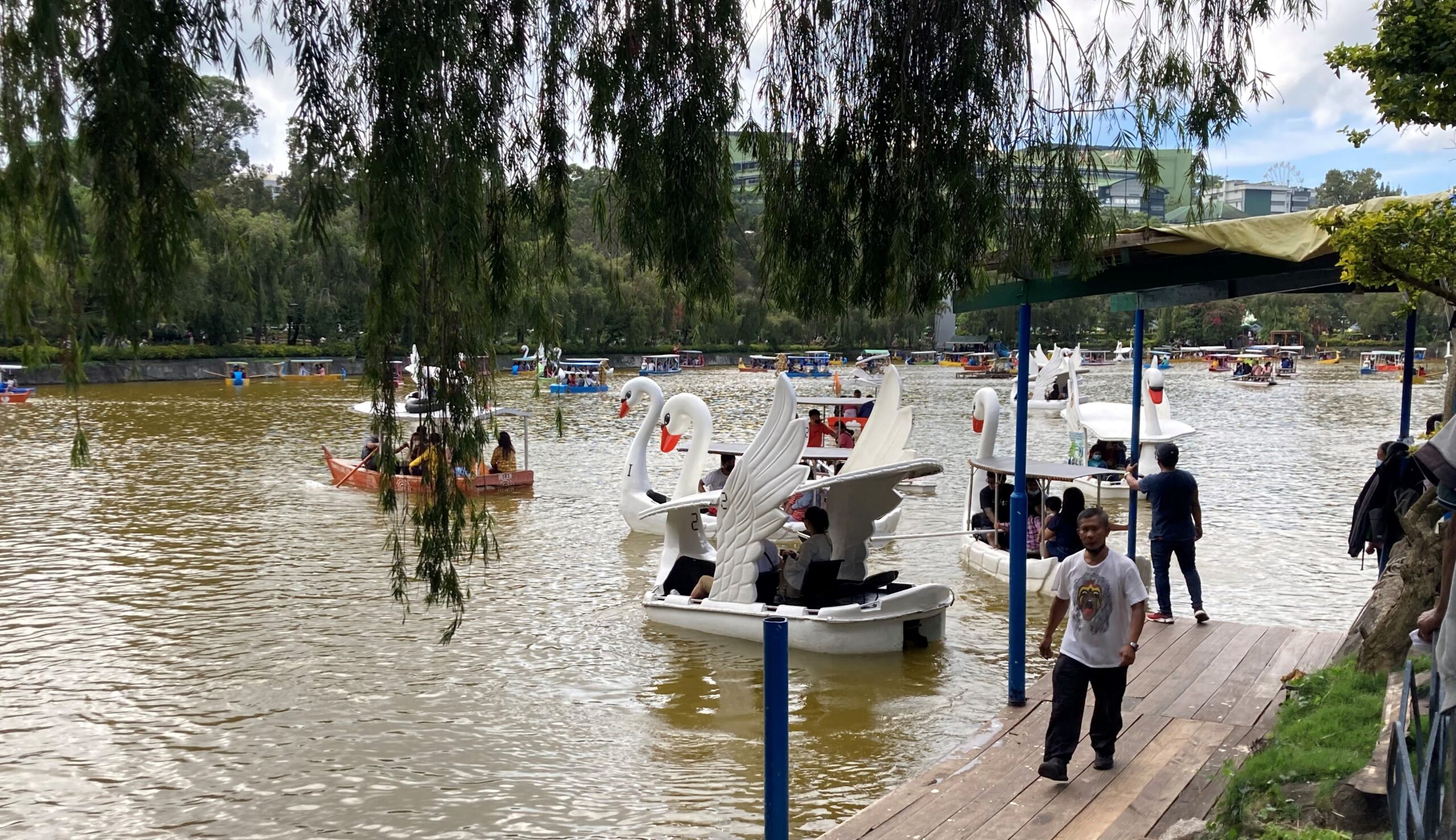Filtered by: Lifestyle
BAGUIO CITY – Baguio City Mayor Benjamin Magalong stated that the city has not yet reached its target of 2.2 million tourists for the post-pandemic year.
During an interview at the Artificial Groundwater Recharge Facility in Baguio City, he mentioned that the city recorded an average of 1.3 million tourists from registered accommodations during the pandemic.
After the pandemic, they had hoped to increase annual tourist numbers to 2.2 million but have been unable to do so.
“We had already reached pre-pandemic numbers of 1.7 to 1.8 million, but now that we’ve reopened, we expected to hit 2.2 million, yet we’re falling short,” the mayor said.
“There are still many one-day tourists, some stay with relatives, others use AirBNB, and there are unregistered transient houses… On average, we estimate around 2 million tourists per year,” he added.
According to Magalong, the city surpassed its pandemic-era numbers in 2023 but experienced a slowdown as global tourist destinations reopened.
Baguio City is now developing strategic plans to revitalize tourism.
“We are currently creating a strategic plan to attract visitors again, even during the rainy season, and we will hold a workshop. An initial preliminary meeting with the Tourism Council is scheduled for next week,” he said.






